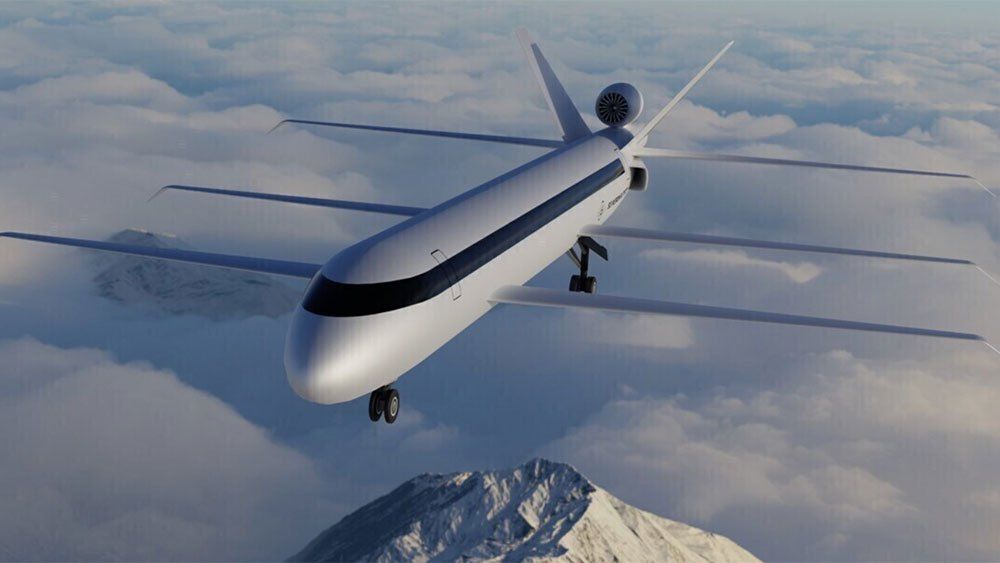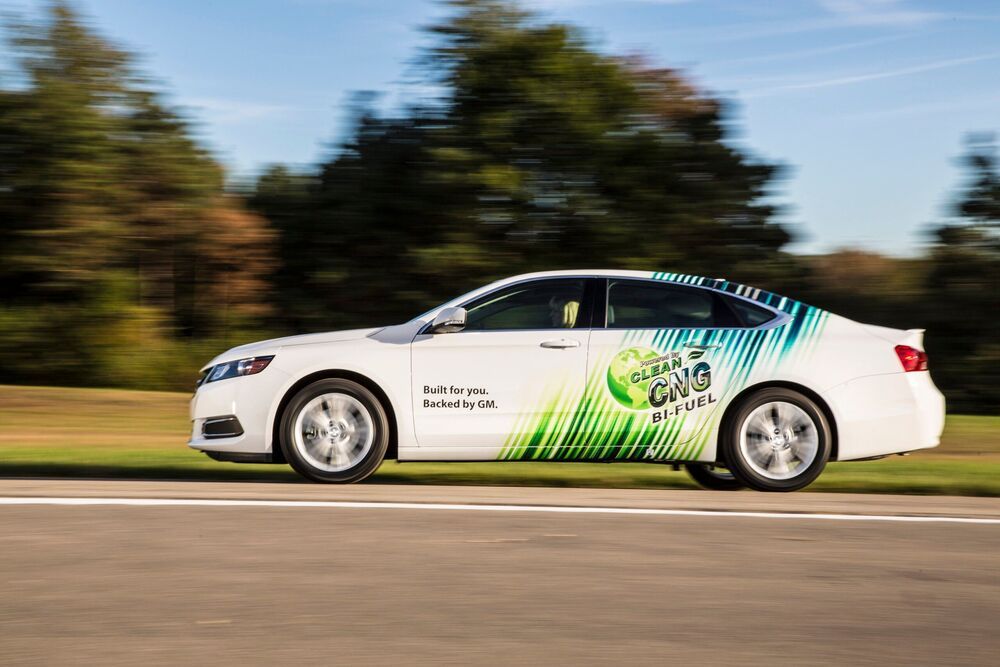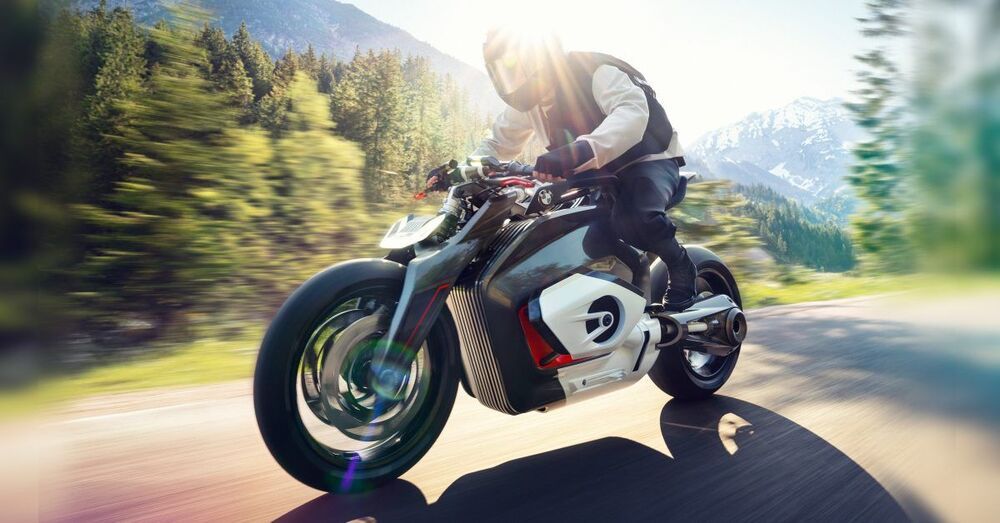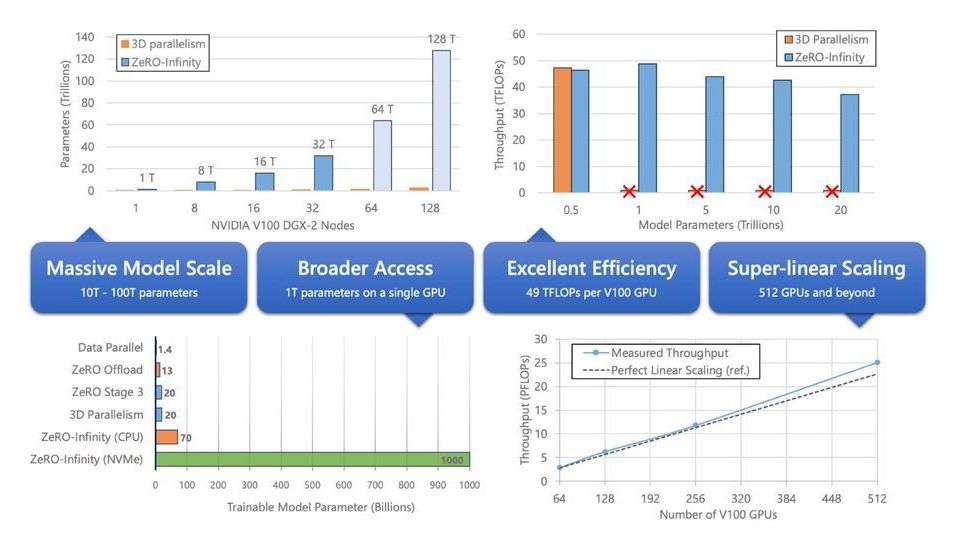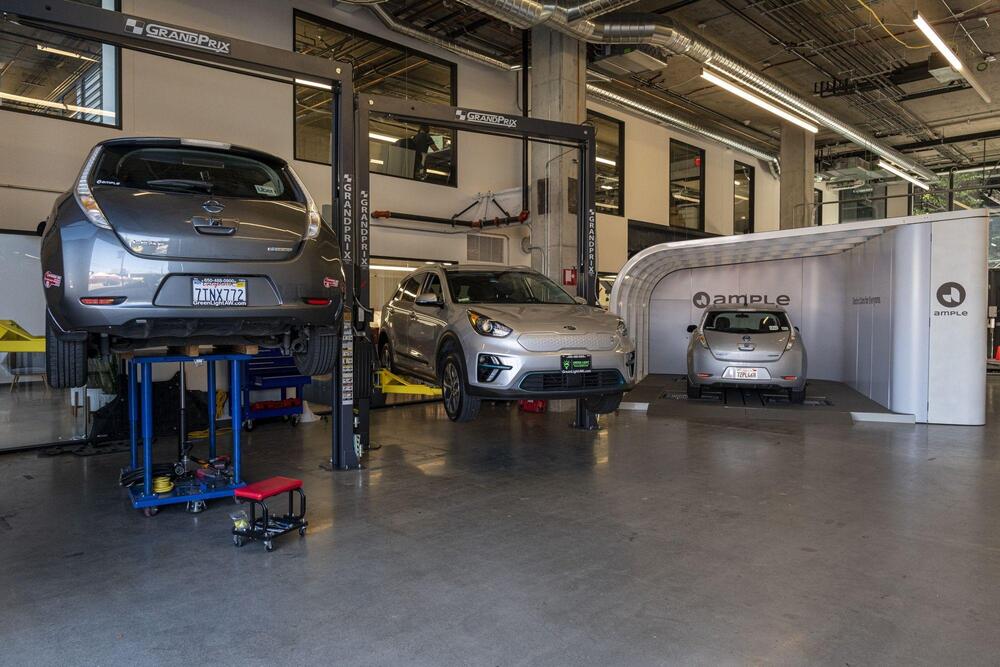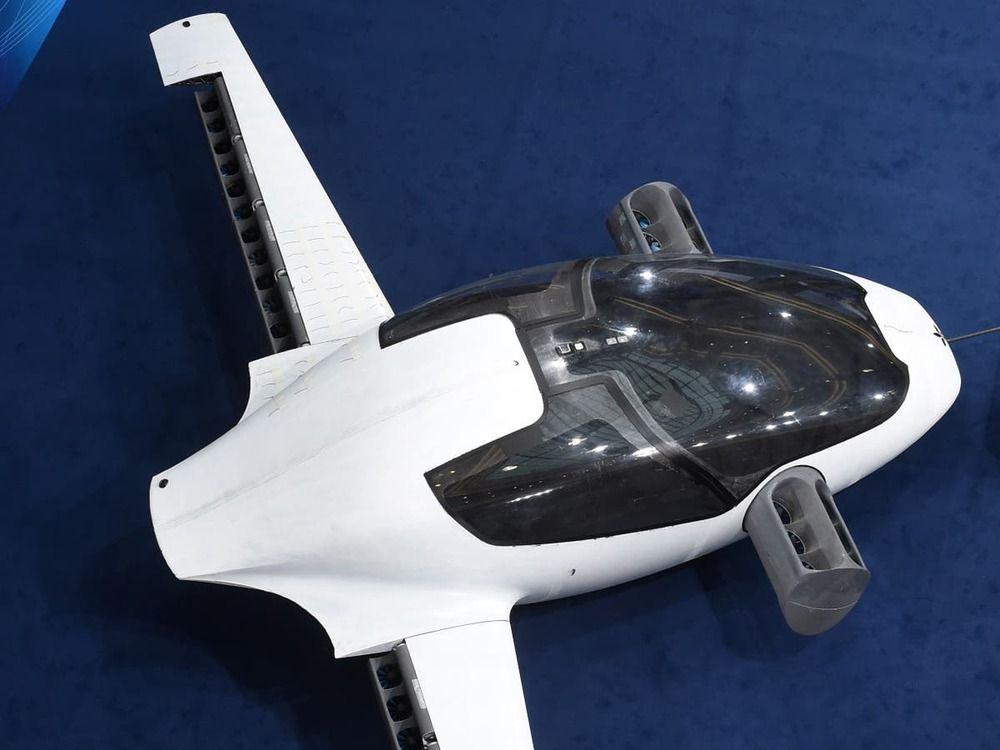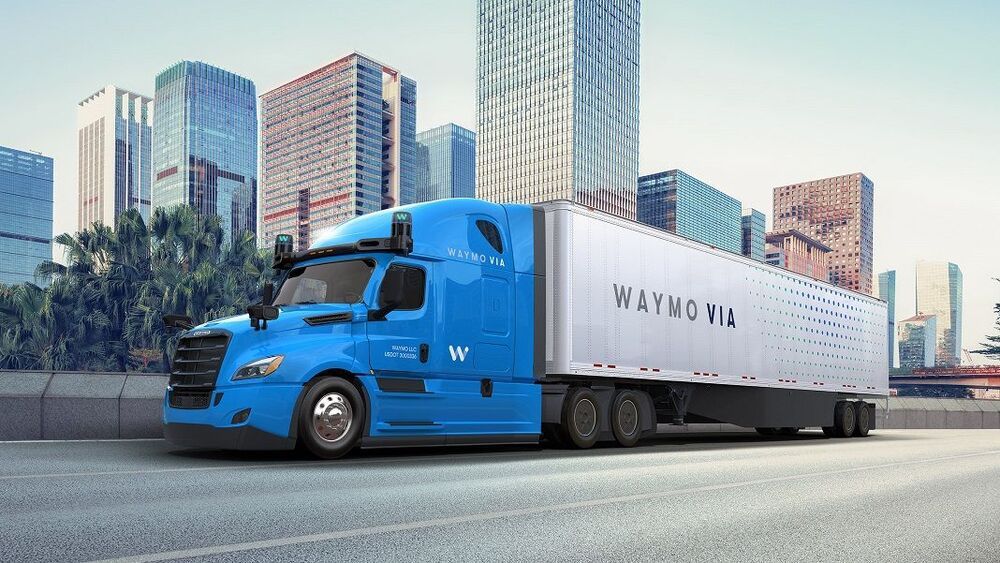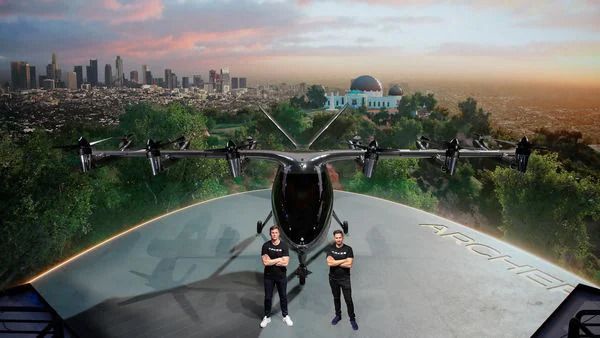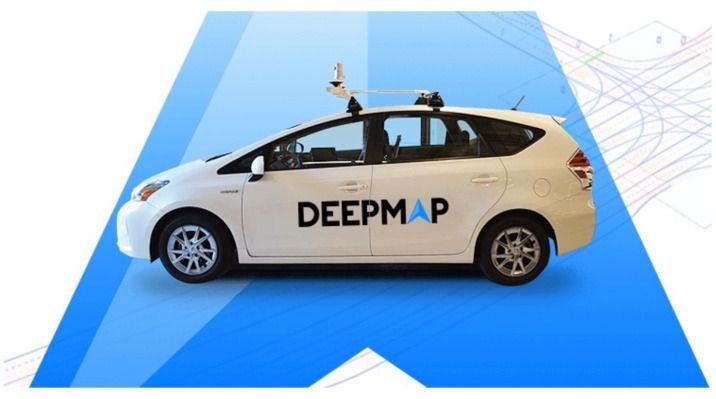The high-lift wing shapes are more aerodynamic than conventional aircraft, giving the SE200 more efficiency and shorter takeoff and landing capabilities. Courtesy SE Aeronautics.
SE points to its integrated monocoque structure as a breakthrough for performance and safety. The company notes aircraft manufacturers bolt together large sections called “barrels,” in order to maximize production. “This is usually where fuselages break apart in an accident,” SE says. “SE will build a single-piece, tough composite fuselage.”
The monocoque design and composite materials will make the aircraft the most efficient ever built, claims the company, with a 50-year service life. “We will also be able to build these aircraft in less than half the time it takes to normally build an aircraft of its size,” it says.
